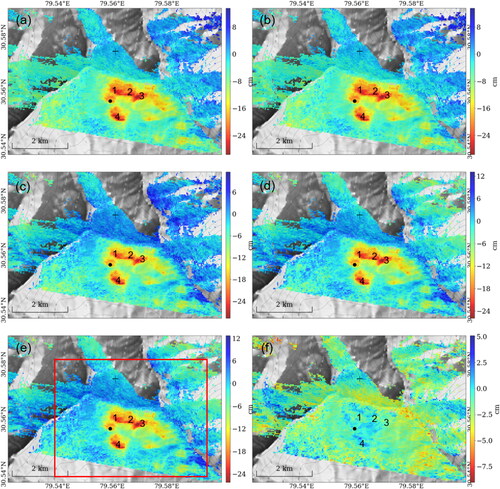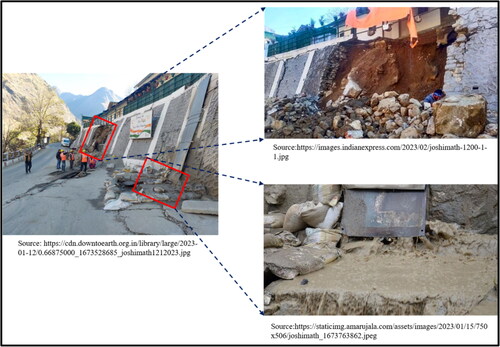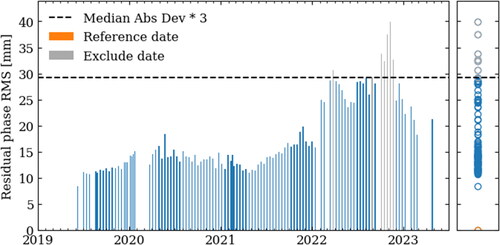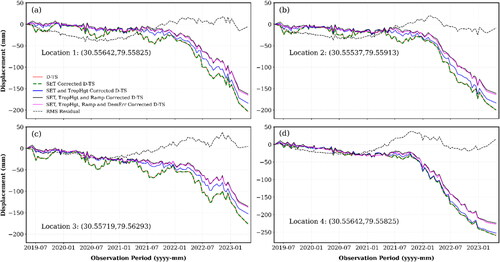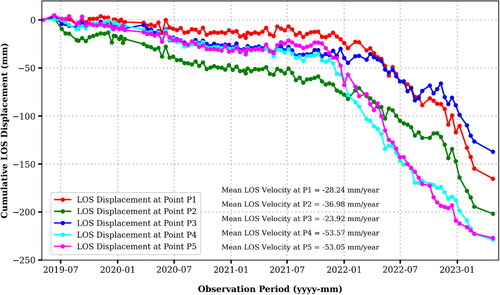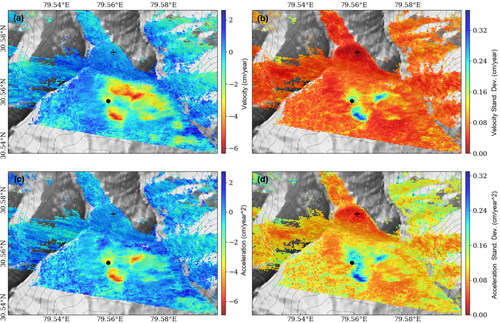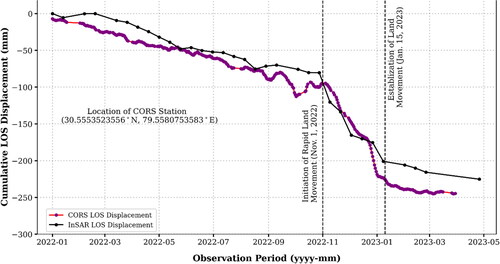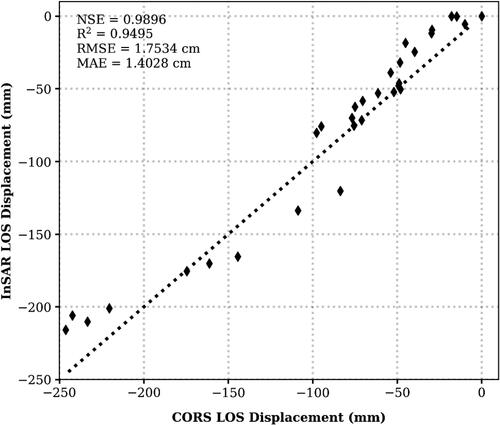Figures & data
Figure 2. Field photographs of March–April 2022 – (a) building in Ravigram, (b) building in Lowerbazar, (c) community health centre building in Gandhinagar, (d) building in Pekamarwadi, (e-f) building in Singhdhar, (g) a subsided road section of NH-7 in Pekamarwadi, (h–i) road sections in Singhdhar.
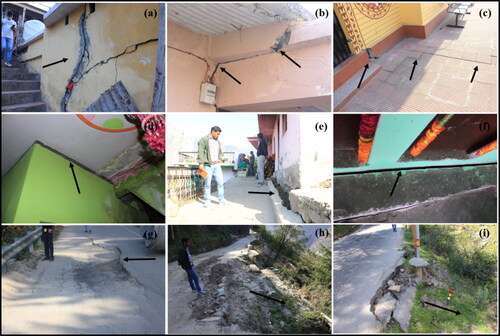
Figure 3. Location of study area – (a) map of Indian states and union territories, (b) districts map of Uttarakhand state, (c) administrative boundary of Chamoli district, and (d) wards map of Joshimath town.
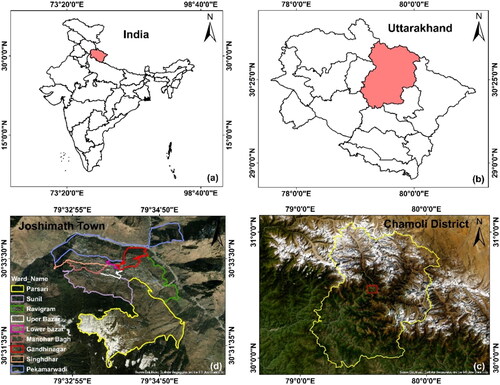
Figure 4. Small baseline network – (a) before modification, and (b) after coherence-based network modification. Lines in (a) and (b) represent interferograms coloured by average spatial coherence. Gray circle in (b) represents the excluded SAR acquisition.

Figure 5. Methodological processing workflow of SBAS-InSAR time-series analysis. Gray ovals and rectangle represents steps in image domain; green and orange ovals and rectangle represent steps in interferogram domain; blue ovals and rectangles show the steps in time-series domain; white rhombi and green rectangle show input data; blue and white rectangles output data; dashed boundaries represents optional steps.
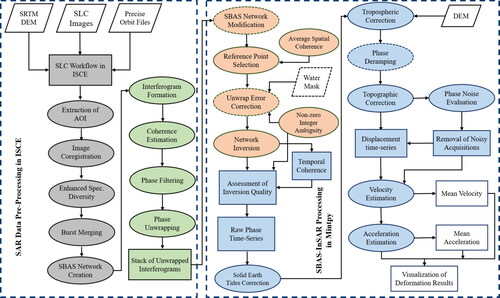
Table 1. Processing parameters used in different steps of MintPy processing.
Figure 7. Inverted cumulative LOSD with temporal reference to 5 May 2019 – (a) raw LOSD, (b) SET corrected LOSD, (c) stratified tropospheric delay corrected LOSD, (d) De-ramped LOSD, (e) topographic residual corrected LOSD, and (f) RMS of residual displacement. The black circle and black plus sign represent the location of CORS station and spatial reference point, respectively.
